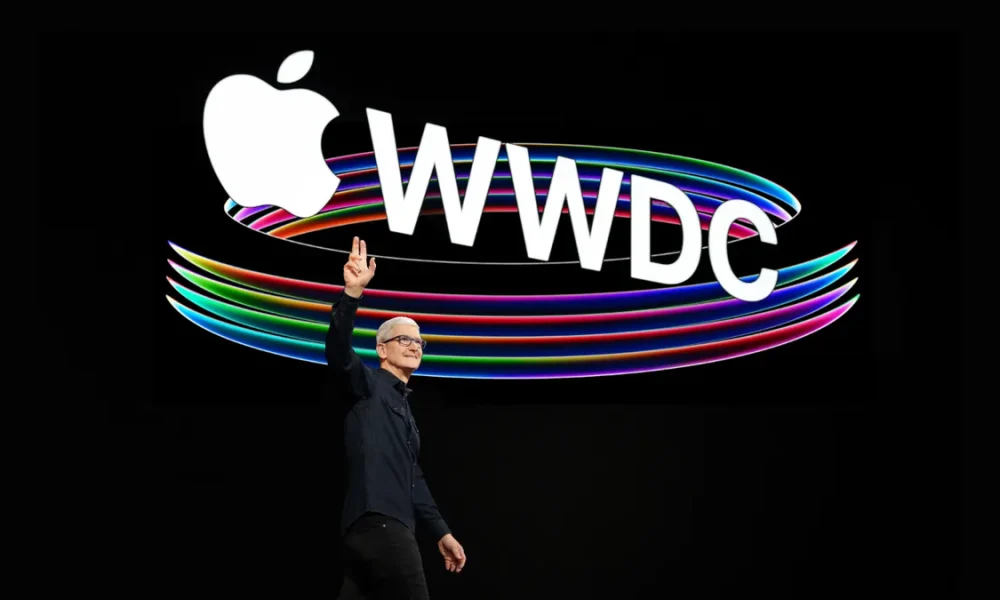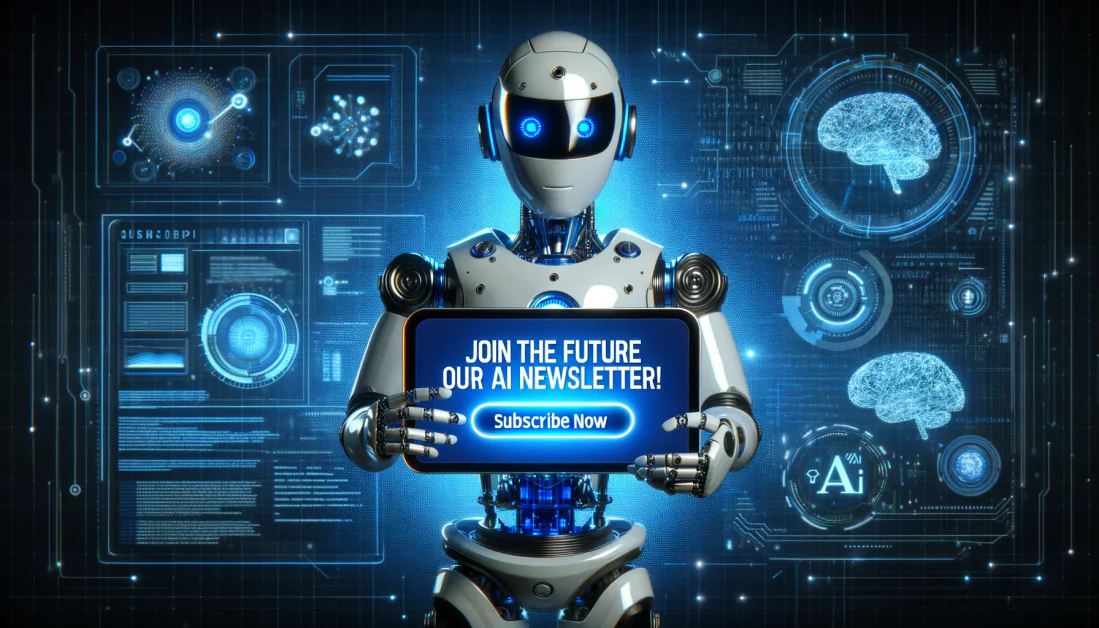Unlocking Innovation: The Power of Agentic AI and Spatial Computing
As the AI race continues to captivate business leaders and investors, two emerging technologies stand out for their potential to redefine digital interactions and physical environments: Agentic AI and Spatial Computing. Highlighted in Gartner’s Top 10 Strategic Technology Trends for 2025, the convergence of these technologies holds the key to unlocking capabilities across various industries.
Digital Brains in Physical Domains
Agentic AI represents a significant breakthrough in autonomous decision-making and action execution. This technology, led by companies like Nvidia and Microsoft, goes beyond traditional AI models to create “agents” capable of complex tasks without constant human oversight. On the other hand, Spatial Computing blurs the boundaries between physical and digital realms, enabling engagement with digital content in real-world contexts.
Empowering, Rather Than Replacing Human Agency
While concerns about the impact of AI on human agency persist, the combination of Agentic AI and Spatial Computing offers a unique opportunity to enhance human capabilities. By augmenting automation with physical immersion, these technologies can transform human-machine interaction in unprecedented ways.
Transforming Processes Through Intelligent Immersion
In healthcare, Agentic AI could guide surgeons through procedures with Spatial Computing offering real-time visualizations, leading to enhanced precision and improved outcomes. In logistics, Agentic AI could optimize operations with minimal human intervention, while Spatial Computing guides workers with AR glasses. Creative industries and manufacturing could also benefit from this synergy.
Embracing the Future
The convergence of Agentic AI and Spatial Computing signifies a shift in how we interact with the digital world. For those embracing these technologies, the rewards are undeniable. Rather than displacing human workers, this collaboration has the potential to empower them and drive innovation forward.
-
How will the convergence of agentic AI and spatial computing empower human agency in the AI revolution?
The convergence of agentic AI and spatial computing will enable humans to interact with AI systems in a more intuitive and natural way, allowing them to leverage the capabilities of AI to enhance their own decision-making and problem-solving abilities. -
What role will human agency play in the AI revolution with the development of agentic AI and spatial computing?
Human agency will be crucial in the AI revolution as individuals will have the power to actively engage with AI systems and make decisions based on their own values, goals, and preferences, rather than being passive recipients of AI-driven recommendations or outcomes. -
How will the empowerment of human agency through agentic AI and spatial computing impact industries and businesses?
The empowerment of human agency through agentic AI and spatial computing will lead to more personalized and tailored solutions for customers, increased efficiency and productivity in operations, and the creation of new opportunities for innovation and growth in various industries and businesses. -
Will the convergence of agentic AI and spatial computing lead to ethical concerns regarding human agency and AI technology?
While the empowerment of human agency in the AI revolution is a positive development, it also raises ethical concerns around issues such as bias in AI algorithms, data privacy and security, and the potential for misuse of AI technology. It will be important for policymakers, technologists, and society as a whole to address these concerns and ensure that human agency is protected and respected in the use of AI technology. - How can individuals and organizations prepare for the advancements in agentic AI and spatial computing to maximize the empowerment of human agency in the AI revolution?
To prepare for the advancements in agentic AI and spatial computing, individuals and organizations can invest in training and education to develop the skills and knowledge needed to effectively interact with AI systems, adopt a proactive and ethical approach to AI technology implementation, and collaborate with experts in the field to stay informed about the latest developments and best practices in leveraging AI to empower human agency.




